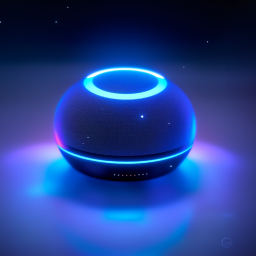Design Template by Anonymous
Real World Applications
UX Personalization Powered by AI
One of the most impactful AI trends in modern web design is User Experience (UX) personalization. This involves customizing content, layout, and functionality to fit each individual user. Traditionally, personalization has relied on a rules-based system for example, a developer might code, 'If a user is on a mobile device, show a compact menu.' While useful, this kind of setup is limited by predefined logic and does not evolve over time.
AI-driven personalization, on the other hand, is dynamic. It uses real-time data and machine learning to adapt to each user. By analyzing behavior patterns, device type, location, and browsing history, AI tools can deliver truly smart experiences. For instance, Adobe Sensei helps brands offer personalized content by adapting layouts and features on the fly.
A well-known example is Netflix. The entire interface, from the homepage to the thumbnails and even the artwork, is personalized based on your preferences. AI determines what you're most likely to enjoy or click and updates accordingly. This type of intelligent design is becoming more advanced and more efficient every day.

AI Chatbots and Voice Interfaces
Another real-world use of AI in web design is the implementation of chatbots and voice interfaces. These technologies allow users to interact with websites in a natural, conversational way. AI chatbots can answer questions, provide support, guide users through services, and even assist with transactions, all without needing human staff.
A unique example is MindHope, a chatbot designed to offer conversational support for individuals dealing with mental health issues. It demonstrates how AI can be used not just for convenience, but for meaningful social support as well.

Voice assistants, like Alexa, Siri, and Google Assistant, are also making their way into the web design world. These tools use natural language processing (NLP) to understand vocal commands and help users navigate websites or apps hands-free.

These voice assistants and chatbots range from being extremely simple (on the user side and developmental side) by only being able to answer simple questions with preloaded responses, to being very complicated (on the user side and developmental side) and being able to make its own interpretations based on data given to it.